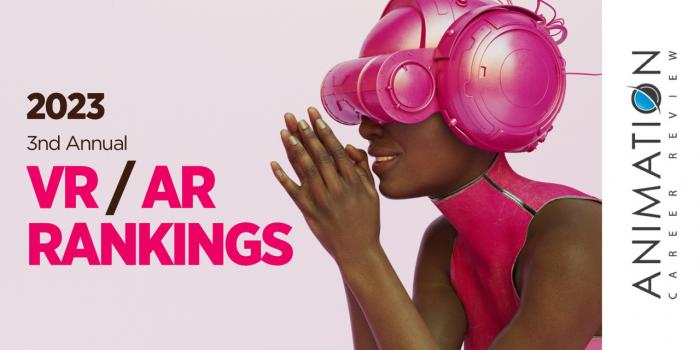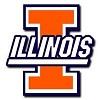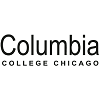Northwestern University (Northwestern) houses a number of programs for students interested in studying AR/VR. Students in all programs have access to several centers and labs to conduct research, complete projects, and network. Examples include The Garage—Northwestern’s AR/VR Media Lab—and the Center for Human-Computer Interaction + Design.
The Garage houses an 11,000 square foot space that supports projects, networking, and collaboration between students; programming and resources; and more than 250 mentors and experts. To date The Garage has helped produce more than 500 student-founded startups and projects.
The Center for Human-Computer Interaction + Design (HCI+D) consists of researchers, faculty experts, and students with interests in Human-Centered AI, Interactive Computing, Collaborative Computing, Inclusive Computing, and more. HCI+D members have created software and source code, published articles and books, and they hold a number of patents.
Other labs and groups include Swarm Robotics Lab, Artificial Intelligence Group, Prescience Lab, NuLogiCS Group, Interactive Audio Lab, IDEAS Lab, HABits Lab, Tangible Interaction Design and Learning (TIDAL) Lab, and Cognition, Creativity, and Communication Lab (C3 Lab).
Established in 1909, the McCormick School of Engineering and Applied Science at Northwestern University houses the Computer Science Department. Within the Department are the BA, BS, MS, PhD, and Minor in Computer Science. The BA is available to students in the Judd A. and Marjorie Weinberg College of Arts and Sciences (est. 1851). The Minor is available to both McCormick and Weinberg students.
Across undergraduate programs, course examples include Artificial Intelligence (AI) Programming, HCI, Machine Learning, Tangible Interaction Design and Learning, HCI, Computer Graphics, Computer Game Design and Development, Machine Perception of Music & Audio, Game Design Studio, Agile Software Development, Software Construction, Resource Virtualization, Designing & Constructing Models with Multi-Agent Language, and Advanced Digital Design.
MS students have the opportunity to customize the curriculum to support their goals. Options include courses and research in AR/VR for Virtual Analytics, Computer Graphics and Human Computer Interfaces for Spatial Applications, AI, Computer Entertainment, Distributed Interactive Systems, HCI, Theoretical Computer Science, and Visualization.
Computer Science PhD students at Northwestern may choose from five Tracks including Artificial Intelligence and Machine Learning, Computer Engineering, Interfaces, Systems Networking, and Theory. Within each Track, students have the opportunity to explore just about any area of interest. Examples include Human-Computer Interaction (HCI), Programming Languages, Vision and Graphics, Robotics, Artificial Intelligence and machine Learning, and Computer Engineering.
The HCI area is one of the most popular areas for students interested in AR/VR. HCI explores augmented reality, mobile interaction design, multi-touch interaction, ubiquitous computing, computer-mediated communication, cyberlearning and future learning technologies, interactive audio, mixed-initiative systems, and user-centered design, among others.
Graduates of the Computer Science Programs at Northwestern University are Software Developers, Computer Programmers, Engineers, and Entrepreneurs. They work for companies such as Google, Microsoft, Intel, IBM, and AT&T.
Northwestern University serves approximately 21,000 enrolled in hundreds of programs across 12 colleges and schools. Northwestern has campuses in Chicago and Evanston, IL., and Doha, Qatar, along with sites in San Francisco, New York, Washington, DC, and Miami. Established in 1851, Northwestern is accredited by the Higher Learning Commission (HLC).












